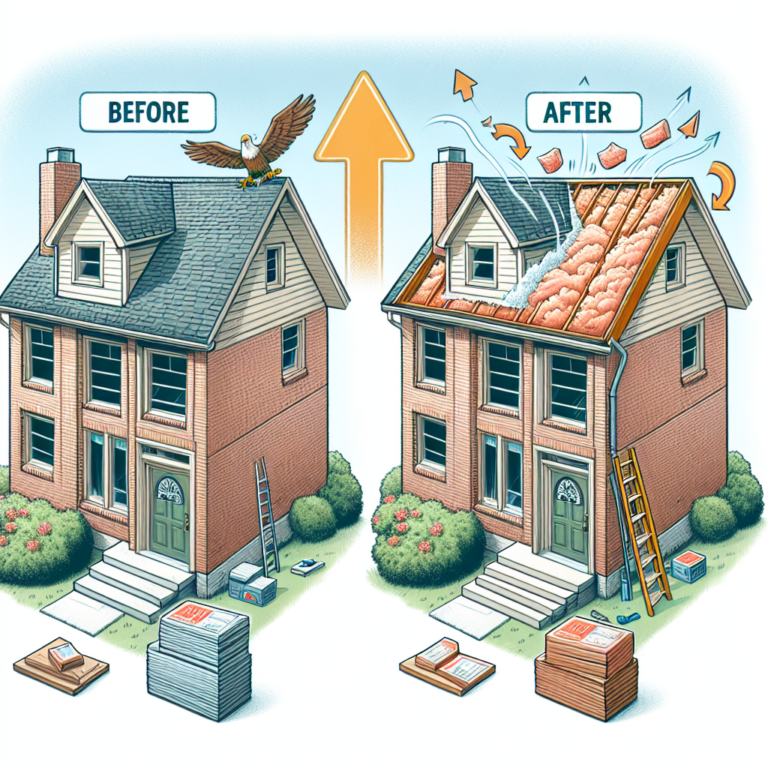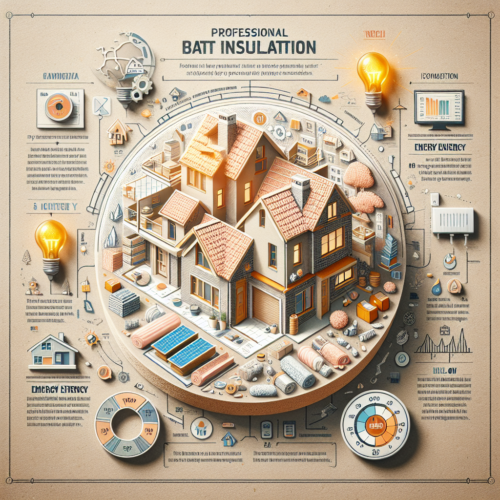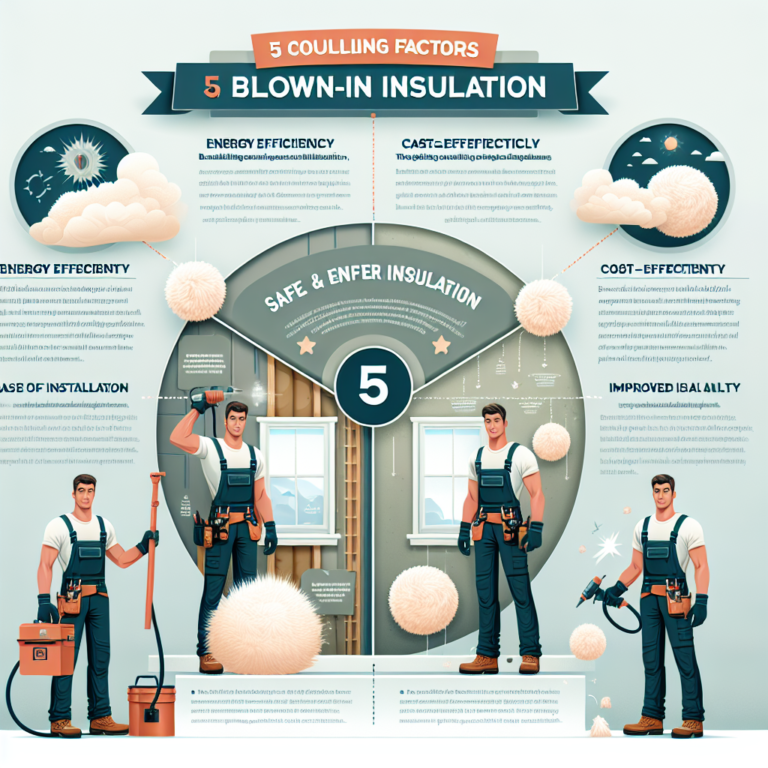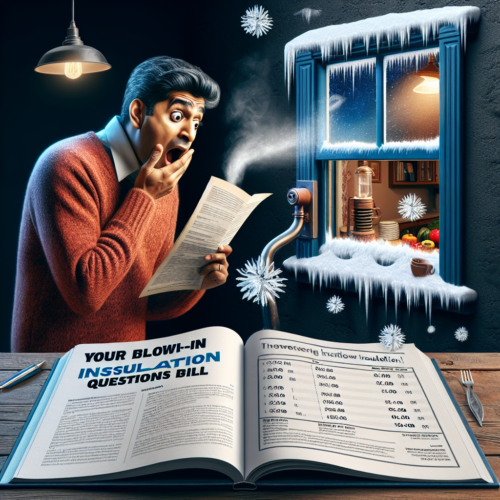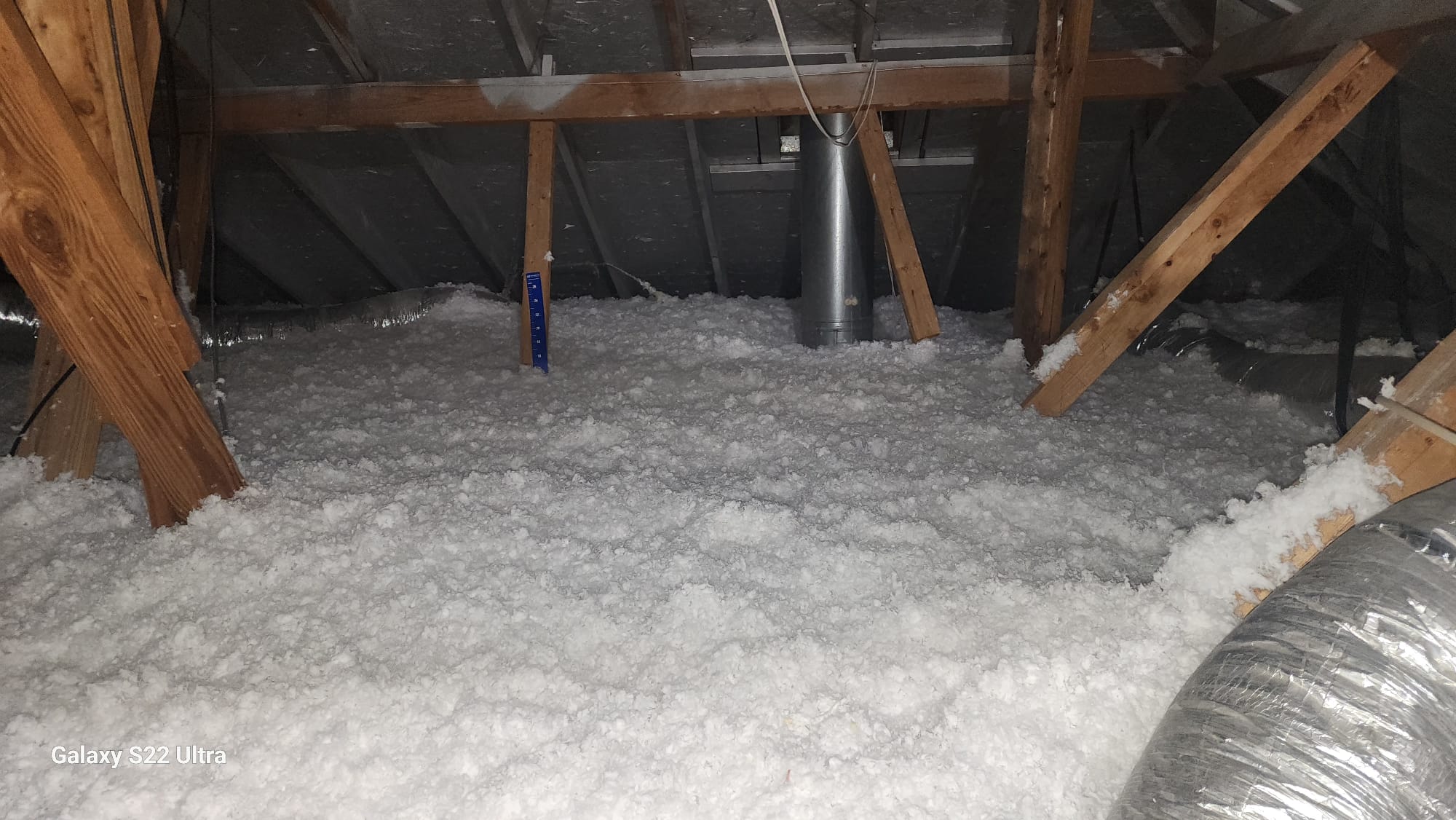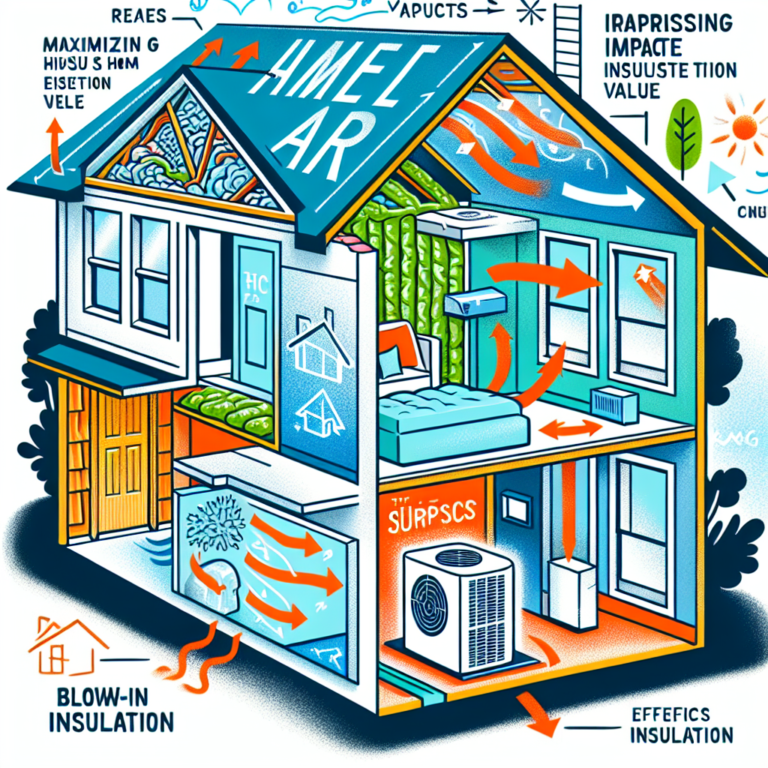Transform Your Home with Affordable Blown-In Attic Insulation: The Cost Breakdown
Introduction
Upgrading your home with blown-in attic insulation is one of the most cost-effective improvements you can make. By sealing gaps and filling voids with loose-fill materials—typically fiberglass, cellulose or mineral wool—you’ll not only stabilize indoor temperatures but also slash energy bills. On average, homeowners invest between $1,500 and $2,500 for a professional blown-in attic insulation installation. Yet the long-term savings, increased comfort and potential utility rebates make this upgrade a smart choice for any budget-conscious homeowner.
H2: The Benefits of Blown-In Attic Insulation for Energy Efficiency
Blown-in attic insulation offers a seamless thermal barrier that outperforms traditional batt insulation in many homes. Its key advantages include:
• Superior Coverage: The loose fibers expand to fill irregular cavities, hard-to-reach corners and small gaps around pipes or wiring.
• Year-Round Comfort: A well-insulated attic keeps your home warmer in winter and cooler in summer, reducing temperature swings and drafts.
• Lower Energy Bills: Proper attic insulation can cut heating and cooling costs by up to 20%, according to the Department of Energy.
• Improved Indoor Air Quality: By blocking external dust, pollen and pollutants, it helps create a healthier living environment—especially important for allergy sufferers.
• Eco-Friendly Materials: Cellulose insulation often contains up to 80% recycled content, while modern fiberglass and mineral wool products are also manufactured with sustainability in mind.
H2: Calculating the Cost of Blown-In Attic Insulation
Several factors influence the final price of blown-in attic insulation:
1. Attic Size and Access
Measure your attic’s square footage (length × width) to determine how much insulation you need. Steeply pitched roofs or cramped entry points may require extra labor, driving up costs.
2. Insulation Material
• Fiberglass: $0.50–$1 per square foot
• Cellulose: $1–$1.50 per square foot
• Mineral Wool: $1.50–$2.50 per square foot
3. Desired R-Value
The recommended R-value varies by climate zone. Colder regions require a thicker layer of insulation, increasing material and labor costs.
4. Labor Rates and Equipment
Professional installers typically charge $50–$70 per hour. They arrive with blowing machines, protective gear and expertise to complete the job in a few hours—minimizing disruption.
5. Additional Preparations
Clearing debris, relocating ductwork or installing baffles and vapor barriers can add $200–$500 to your bill. Always request a detailed quote to avoid surprises.
H3: Sample Cost Breakdown
For a 1,000 sq ft attic in a temperate climate aiming for R-38 using cellulose:
• Material: 1,000 sq ft × $1.25 = $1,250
• Labor (4 hours × $60) = $240
• Equipment and prep = $200
Total ≈ $1,690
H2: Maximizing Savings with Blown-In Attic Insulation
Beyond the immediate comfort boost, blown-in attic insulation can deliver ongoing financial and environmental returns:
• Reduced HVAC Wear: Your heating and cooling systems don’t have to work as hard, extending their lifespan and lowering repair costs.
• Tax Credits and Rebates: Many state and local energy programs offer incentives for insulation upgrades—sometimes covering up to 50% of your costs.
• Increased Home Value: Energy efficiency is a major selling point in today’s real estate market. Proper attic insulation can boost your home’s resale appeal.
• Lower Carbon Footprint: Cutting energy consumption helps shrink your household’s environmental impact, contributing to a more sustainable future.
H2: Q&A on Blown-In Attic Insulation
Q: How long does blown-in attic insulation last?
A: When properly installed, blown-in insulation can perform effectively for 20–30 years, with minimal settling.
Q: Can I install blown-in insulation myself?
A: While DIY kits are available, professional installation ensures correct density, uniform coverage and adherence to local codes.
Q: Will blown-in insulation attract pests?
A: Modern materials are treated with insect repellents. Properly sealed vents and barriers further discourage rodents and insects.
Conclusion
Blown-in attic insulation is a powerful, affordable upgrade that pays dividends in comfort, energy savings and home value. With average installation costs ranging from $1,500 to $2,500—and potential rebates to offset the expense—this investment often recoups itself in energy savings within just a few years. Whether you choose fiberglass, cellulose or mineral wool, sealing your attic with blown-in attic insulation is a simple step toward a greener, more economical home.




